Donovan Ong
Vibe-Eval: A hard evaluation suite for measuring progress of multimodal language models
May 03, 2024
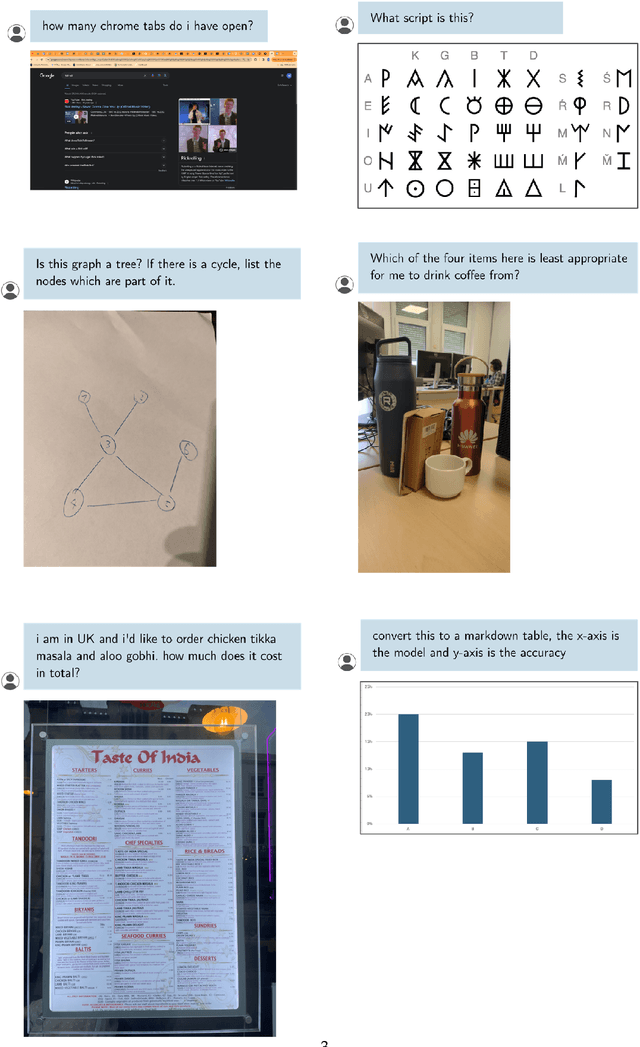
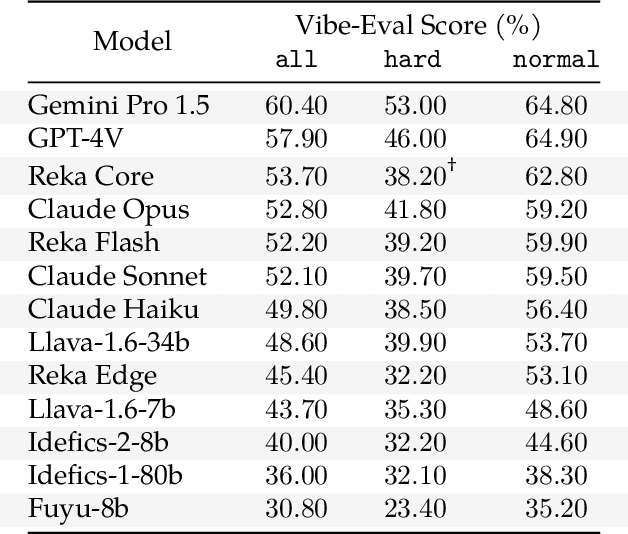
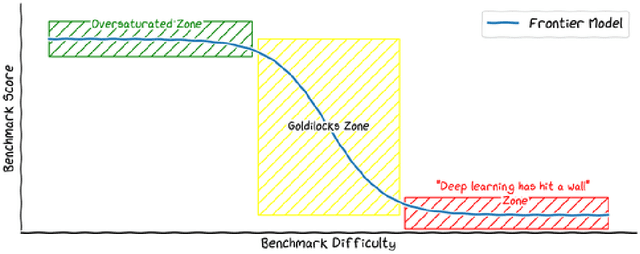
Abstract:We introduce Vibe-Eval: a new open benchmark and framework for evaluating multimodal chat models. Vibe-Eval consists of 269 visual understanding prompts, including 100 of hard difficulty, complete with gold-standard responses authored by experts. Vibe-Eval is open-ended and challenging with dual objectives: (i) vibe checking multimodal chat models for day-to-day tasks and (ii) rigorously testing and probing the capabilities of present frontier models. Notably, our hard set contains >50% questions that all frontier models answer incorrectly. We explore the nuances of designing, evaluating, and ranking models on ultra challenging prompts. We also discuss trade-offs between human and automatic evaluation, and show that automatic model evaluation using Reka Core roughly correlates to human judgment. We offer free API access for the purpose of lightweight evaluation and plan to conduct formal human evaluations for public models that perform well on the Vibe-Eval's automatic scores. We release the evaluation code and data, see https://github.com/reka-ai/reka-vibe-eval
Reka Core, Flash, and Edge: A Series of Powerful Multimodal Language Models
Apr 18, 2024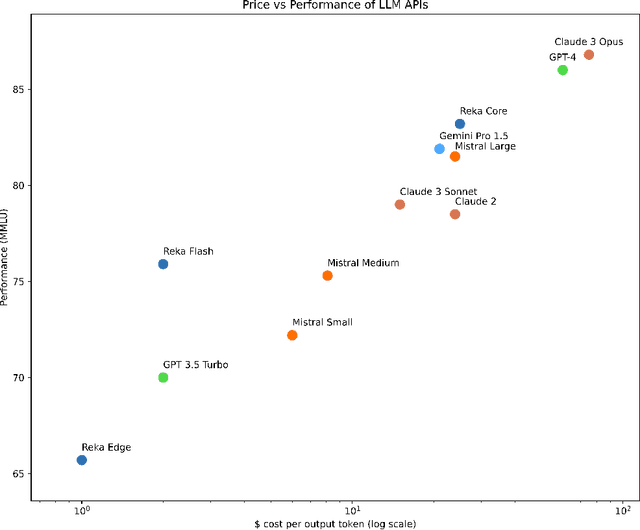


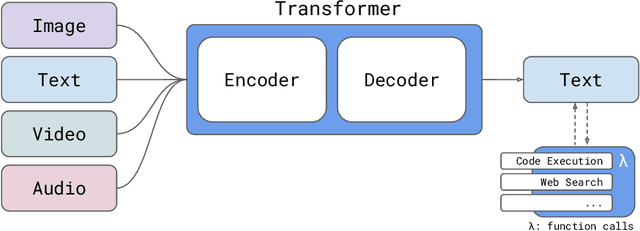
Abstract:We introduce Reka Core, Flash, and Edge, a series of powerful multimodal language models trained from scratch by Reka. Reka models are able to process and reason with text, images, video, and audio inputs. This technical report discusses details of training some of these models and provides comprehensive evaluation results. We show that Reka Edge and Reka Flash are not only state-of-the-art but also outperform many much larger models, delivering outsized values for their respective compute class. Meanwhile, our most capable and largest model, Reka Core, approaches the best frontier models on both automatic evaluations and blind human evaluations. On image question answering benchmarks (e.g. MMMU, VQAv2), Core performs competitively to GPT4-V. Meanwhile, on multimodal chat, Core ranks as the second most preferred model under a blind third-party human evaluation setup, outperforming other models such as Claude 3 Opus. On text benchmarks, Core not only performs competitively to other frontier models on a set of well-established benchmarks (e.g. MMLU, GSM8K) but also outperforms GPT4-0613 on human evaluation. On video question answering (Perception-Test), Core outperforms Gemini Ultra. Models are shipped in production at http://chat.reka.ai . A showcase of non cherry picked qualitative examples can also be found at http://showcase.reka.ai .
Battle of the Large Language Models: Dolly vs LLaMA vs Vicuna vs Guanaco vs Bard vs ChatGPT -- A Text-to-SQL Parsing Comparison
Oct 16, 2023Abstract:The success of ChatGPT has ignited an AI race, with researchers striving to develop new large language models (LLMs) that can match or surpass the language understanding and generation abilities of commercial ones. In recent times, a number of models have emerged, claiming performance near that of GPT-3.5 or GPT-4 through various instruction-tuning methods. As practitioners of Text-to-SQL parsing, we are grateful for their valuable contributions to open-source research. However, it is important to approach these claims with a sense of scrutiny and ascertain the actual effectiveness of these models. Therefore, we pit six popular large language models against each other, systematically evaluating their Text-to-SQL parsing capability on nine benchmark datasets with five different prompting strategies, covering both zero-shot and few-shot scenarios. Regrettably, the open-sourced models fell significantly short of the performance achieved by closed-source models like GPT-3.5, highlighting the need for further work to bridge the performance gap between these models.
 Add to Chrome
Add to Chrome Add to Firefox
Add to Firefox Add to Edge
Add to Edge